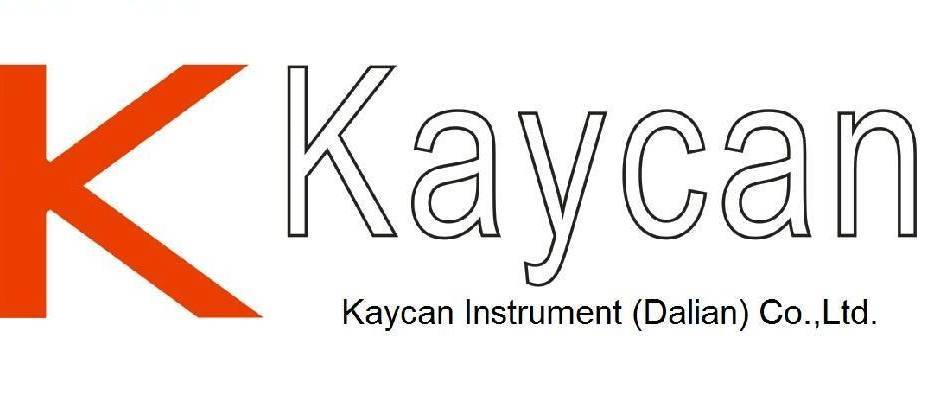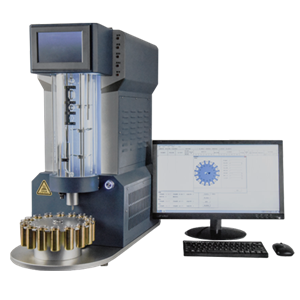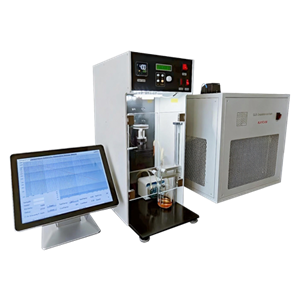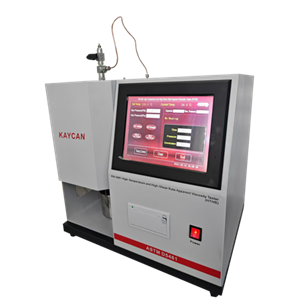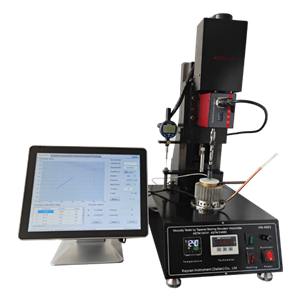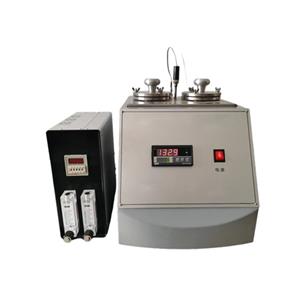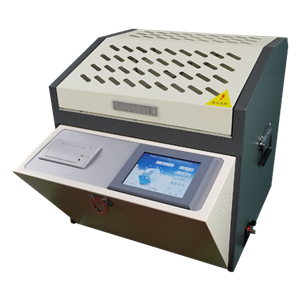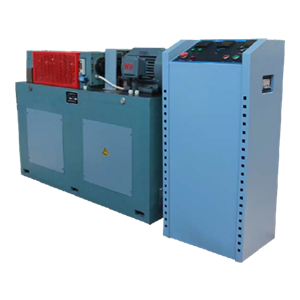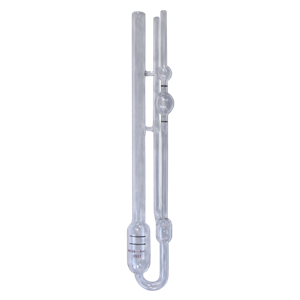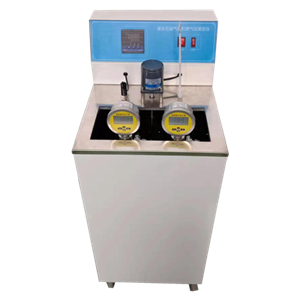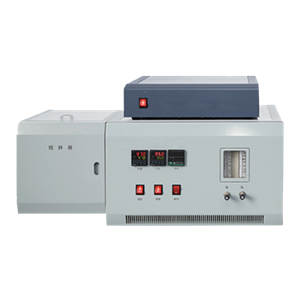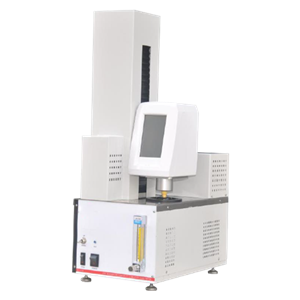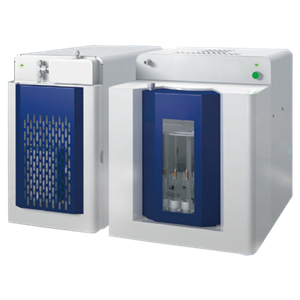-
ASTM D972 Evaporation Loss For Lubricating Grease
The loss of volatile materials from greases and oils can adversely effect the original performance characteristics of a lubricant and therefore could be a significant factor in evaluating a lubricant for a specific use. Such volatiles can also be considered contaminants in the environment in which the lubricant is to be used. Correlation between results from this test method and service performance has not been established.
Send Email Details -
ASTM D1816 Insulating Oil Dielectric Breakdown Tester
The dielectric breakdown voltage of an insulating liquid is of importance as a measure of the liquid ability to withstand electric stress without failure.
Send Email Details -
Relative Scuffing Load Carrying Capacity Tester, FZG
KN-FZG Relative Scuffing Load Carrying Capacity Tester conforms to ISO 14635-1 Gears – FZG test procedures—Part 1: FZG test method A/8, 3/90 for relative scuffing load-carrying capacity of oils and ISO 14635-2 – FZG test method A10/16,6R/90 for relative scuffing load-carrying capacity of lubricants with high EP performance. The types of gear failures which may be influenced by the lubricant in use are scuffing, low-speed wear and the gear-surface fatigue phenomena known as micropitting and pitting. In the gear design process, these gear damages are taken into consideration by the use of specific lubricant and service-related characteristic values. For an accurate, field-related selection of these values, adequate lubricant test procedures are required. The FZG test procedures described in this and other parts of ISO 14635 can be regarded as tools for the determination of the lubricant-related characteristic values to be introduced into the load-carrying capacity calculation of gears.
Send Email Details -
Ubbelohde Viscometer
Suitable for measuring transparent liquids. High precision & easy to use. Nominal overall length 283 mm; approximate sample volume 18 ml.
Send Email Details -
Reid Vapor Pressure Bath
KN-323 Reid Vapor Pressure Bath conforms to ASTM D323 Standard Test Method for Vapor Pressure of Petroleum Products (Reid Method). It used for testing the vapor pressure (Because the external atmospheric pressure is counteracted by the atmospheric pressure initially present in the vapor chamber, the Reid vapor pressure is an absolute pressure at 37.8°C (100°F) in kilopascals (pounds-force per square inch)
Send Email Details -
Sulfur and Chlorine Microcoulometric Titrator
Injected into quartz tube and mixed with O2, the sample burns .Then the combustion gases are routed into a titration cell and react with I3- or Ag+ . Then the analyzer detects and adds I3- or Ag+ to original concentration. In accordance with Faraday's laws of electrolysis, the detector module calculates energy they consumed and thus gets the concentration of sulfur or chlorine.
Send Email Details -
Gel Index Tester (LTLS)
KN-5133 Gel Index Tester (LTLS) conforms to ASTM D5133 Standard Test Method for Low Temperature, Low Shear Rate, Viscosity/Temperature Dependence of Lubricating Oils Using a Temperature Scanning Technique. This test method covers the measurement of the apparent viscosity of engine oil at low temperatures and ASTM D7110 Standard Test Method for Determining the Viscosity-Temperature Relationship of Used and Soot-Containing Engine Oils at Low Temperature. This Test method covers how to measure the apparent viscosity of used and soot-containing engine oils at low temperature.
Send Email Details -
KN-WA-5A Mercury Analyzer
KN-WA-5A conforms to ASTM D5954 Standard Test Method for Mercury Sampling and Measurement in Natural Gas by Atomic Absorption Spectroscopy & ASTM D6350 Standard Test Method for Mercury Sampling and Analysis in Natural Gas by Atomic Fluorescence Spectroscopy. It is specially designed for measurement of mercury in air and gaseous matrices (eg. Hydrocarbon gases like Natural Gas, Shale Gas, LPG/LNG and more) in compliance with widely estabilished and accepted technique of Gold-Amalgamation and detection by Atomic Spectroscopy - with the choice of either Atomic Absorption (AA) or Atomic Fluorescence (AF). This tester presents many unique levels of automation and functions to help laboratory accomplishes productivity, unmatched versatility, efficiency and operational labor saving. KN-WA-5A is compact in design to allow for easy transport for field operation and measurements.
Send Email Details
